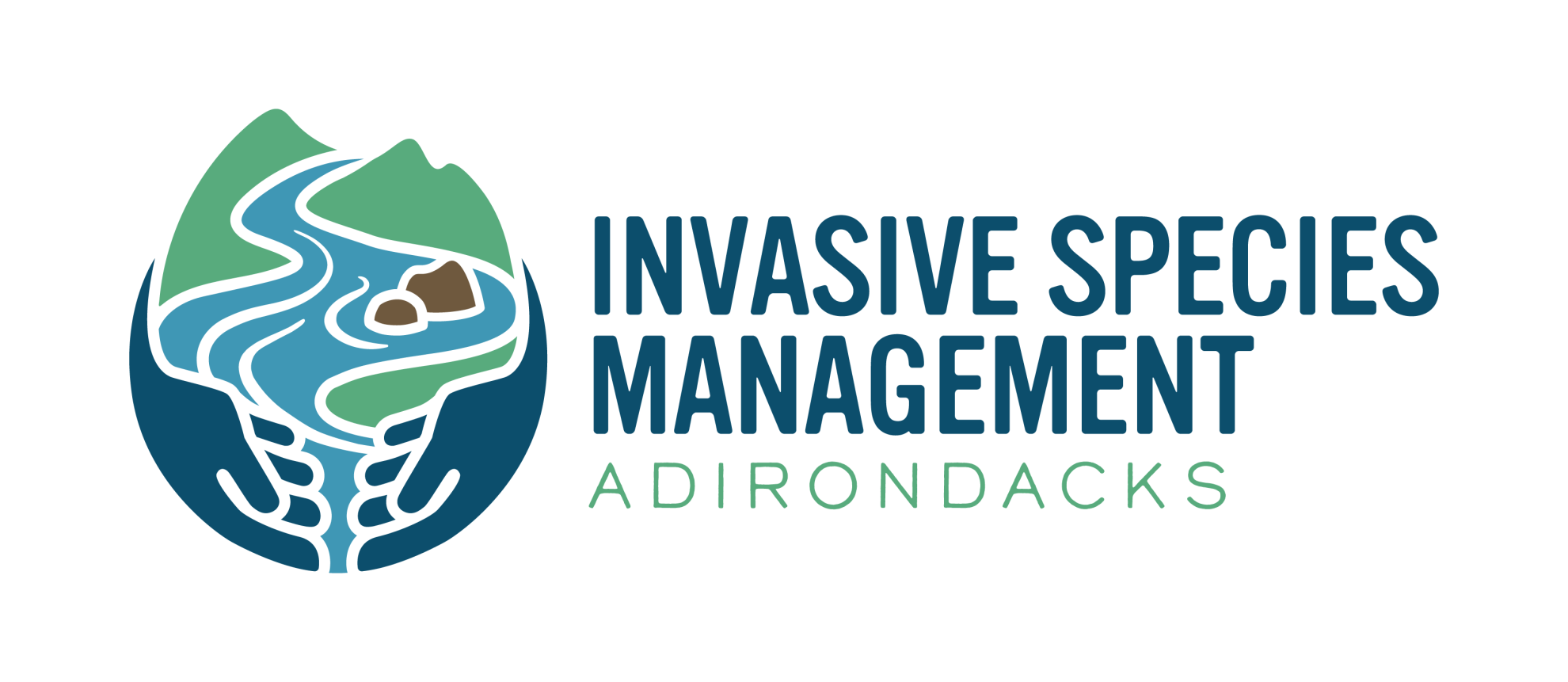Adirondack Activities Set for NY’s First Invasive Species Awareness Week

Adirondack Activities Set for NY’s First Invasive Species Awareness Week
Keene Valley, NY (June 23, 2014) - This year marks the first Invasive Species Awareness Week in New York State and the Adirondack region is poised and ready with a lineup of great activities and events to mark the occasion. Some of the greatest harm to our environment and agriculture is caused by invasive plants and animals—organisms that have been accidentally or intentionally introduced to new areas and spread uncontrollably. Invasive Species Awareness Week promotes opportunities for citizens to learn about the most threatening species and ways to prevent and manage their spread. Everyone is encouraged to participate in Awareness Week activities to learn about important steps to take to protect their favorite places.
Events are free, but pre-registration may be requested. The line-up of events in the Adirondack region includes an array of interactive activities such as an aquatic invasive plant interpretive paddle at Fish Creek Campground, a Japanese knotweed identification and mapping session in the Town of Bolton and a hemlock and balsam woolly adelgid symposium in Indian Lake. There are also Ask-an-Expert sessions at the Farmers Markets in Old Forge, Paul Smiths and Plattsburgh. Experts will also be at the Visitor Centers in Paul Smiths and Lake George to help with invasive species identification. Boat launch stewards are also stationed across the region and are at-the-ready to help inspect boats and talk with boaters about steps to take to protect Adirondack waterways from aquatic invasive species. The full schedule of events is online at http://www.nyis.info/blog/events/.
Most invasive species reproduce in high numbers, lack predators and are highly adapted to their new environment. Invasive plants and animals put New York’s agricultural lands, natural resources and people at risk. Emerald ash borer and Asian long-horned beetles kill trees. Noxious plants, such as giant hogweed, and disease organisms, such as West Nile virus, affect human health. Japanese stilt grass, swallow-wort vine, phragmites and hydrilla are invasive plants capable of changing New York’s forests, meadows, wetlands and lakes.
Invasive species can be spread unknowingly through activities such as a gardeners’ plant swap, dumping a bait bucket or moving firewood to a campsite. Citizens can help manage and control invasive species; they often are the first line of defense in reporting new infestations, such as observing and reporting signs and symptoms of forest-pest damage, and in participating in the removal of invasive plants.
Many organizations are working together throughout the state to slow the spread of invasive species. “Stop the invasion. Protect New York from invasive species,” is the state’s new slogan. Citizens can help by: 1) taking measures to prevent the transport of unwanted “hitchhiking” plants and animals, 2) learning about which invasive species are of local concern and 3) reporting sightings to http://www.nyimapinvasives.org/report-an-invasive.
New York Invasive Species Awareness Week is coordinated by the New York Invasive Species Advisory Committee, New York Invasive Species Council and Partnerships for Regional Invasive Species Management (PRISMs). The Adirondack Park Invasive Plant Program serves as the Adirondack PRISM, one of eight PRISMs in the state sponsoring Awareness Week activities. For further information about APIPP, visit www.adkinvasives.com.

